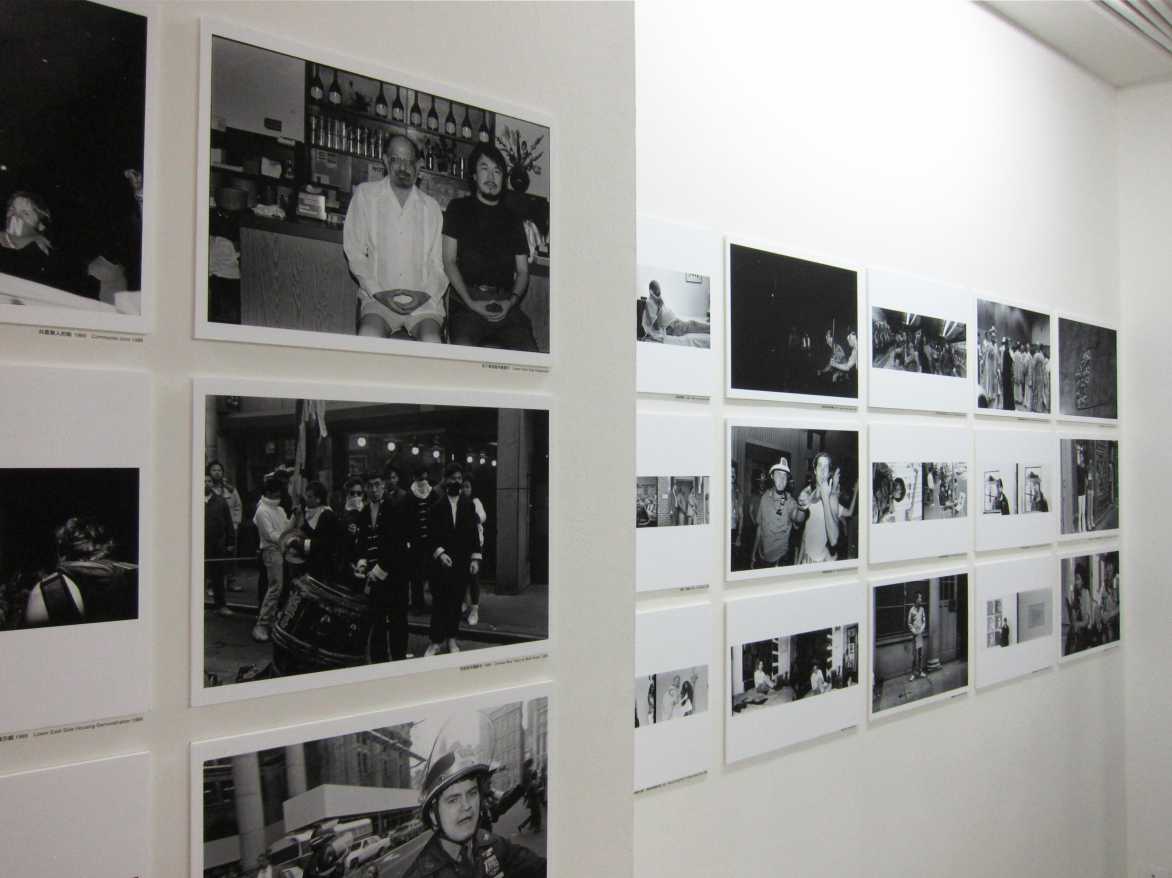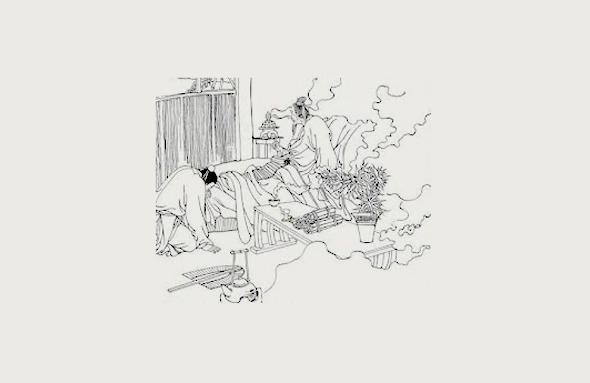
Para Site proudly presents 太平天國/Taiping Tianguo, A History of Possible Encounters: in New York. The exhibition is an attempt to think of actual and concrete, as well as tenuous or even possibly non-existing connections between four artists in New York in the heady days of the 1980s and the early 1990s. In recent years, have come to prominence in different ways. While all of them are “Chinese,” they hail from different places, contexts, and lineages and are situated in wildly divergent art historical narratives and discursive matrices. is from mainland China, from Taiwan, from Hong Kong, and from San Francisco: all arrived in New York in the late 1970s to the early 1980s and lived there until the early 1990s. returned to their hometowns in the early 1990s, while continues to live in New York. Wong died in 1999.
Between these four artists, certain connections are documented or remembered. For instance, appears in photographs from this time, along with many other future Chinese cultural luminaries; provided critical assistance for for some of the latter’s legendary One-Year Performances; and met and —who were well acquainted with each other—at the Gallery, the space he ran in Soho. For all four artists, the New York in the 1980s and early 1990s represented a time-space, which was filled with freedom and possibilities and incubated their artistic visions and imaginations. The artists’ New York years have been discussed in separate ways, with certain degrees of mythologisation, and this exhibition ventures to propose an alternative narrative to those that disregard these artists’ personal connections in favor of city or nation-specific or formalist histories. It suggests a possibility of thinking about a casual community and network of acquaintances, and also an underground economy that brought them together. In addition, the exhibition, in its structure and presentation, eschews an authoritatively historical stance and instead reveals the propositional and provisional nature of its endeavor. By doing so, it hopes not only to shed a new light on the work of each artist but also to contribute to a critical reading of this period—the first decade of contemporary Chinese art and the prelude to the era of globalised contemporary art.
太平天國/Taiping Tianguo, A History of Possible Encounters includes select works by the artists from this period, along with various documents and archival materials, which map their separate lives and the encounters and connections between them. It also pays attention to the artists’ pre-New York practice, in an effort to demonstrate that while their times in New York were a powerful formative experience for them, their artistic personalities had already been formed in many ways in their original contexts. Additionally, , who has contributed to the research on the work of , participates in the exhibition through a special project.
太平天國/Taiping Tianguo, A History of Possible Encounters is accompanied by a symposium and a film programme, as well as by a series of performances curated by .
“Taiping Tianguo” (Heavenly Kingdom of Eternal Peace) was the name of the domain in Southern China established by the Taiping Rebellion in the mid-19th century during the late Qing dynasty period. The rebellion represented—both for the Nationalists and the Communists in China—a historic precedent of heroic revolution against the corrupt and feudal regime subjugated by Western colonial powers. Ostensibly unburdened by the political implications of the historical event, used the name as the inspiration for a painting, and it was in turn used as the title of his posthumous exhibition in San Francisco in 2004. The present exhibition borrows it again as a metaphor for the New York of the 1980s and early 1990s, the time-space which was crucial for the lives and works of the four artists in this exhibition.
太平天國/Taiping Tianguo, A History of Possible Encounters is the first exhibition co-organized by the curatorial initiative A Future Museum for China and Para Site Art Space, Hong Kong.















